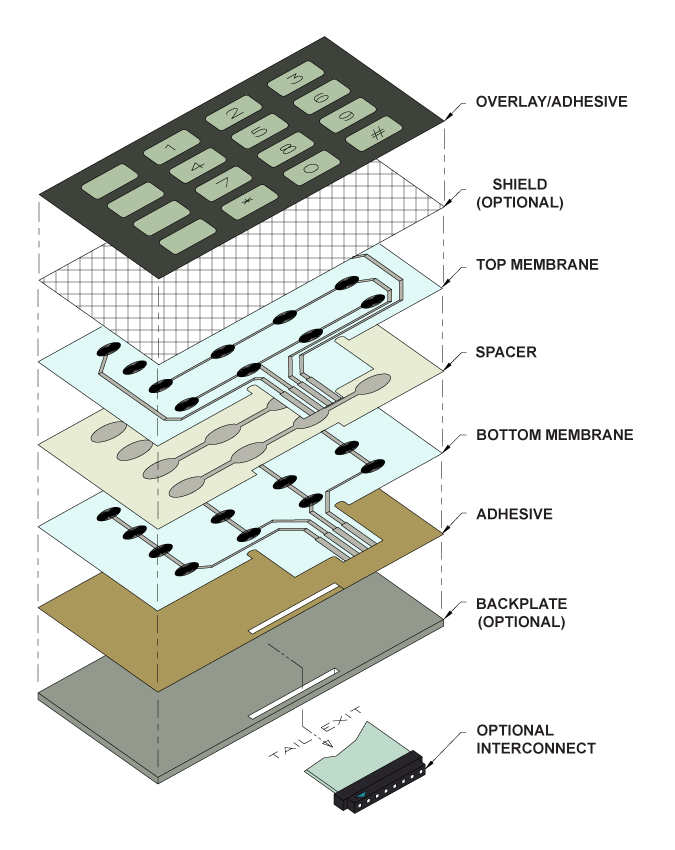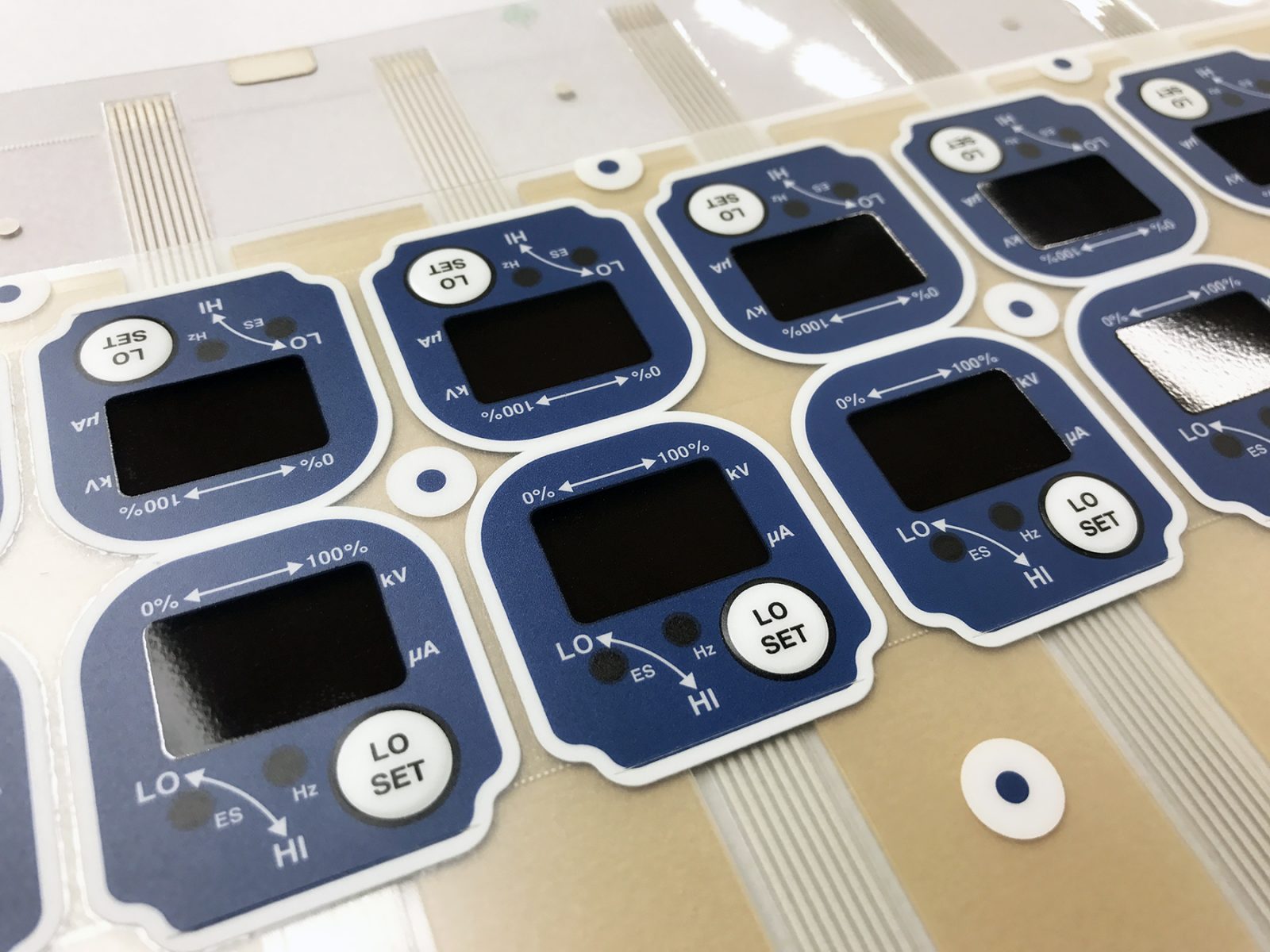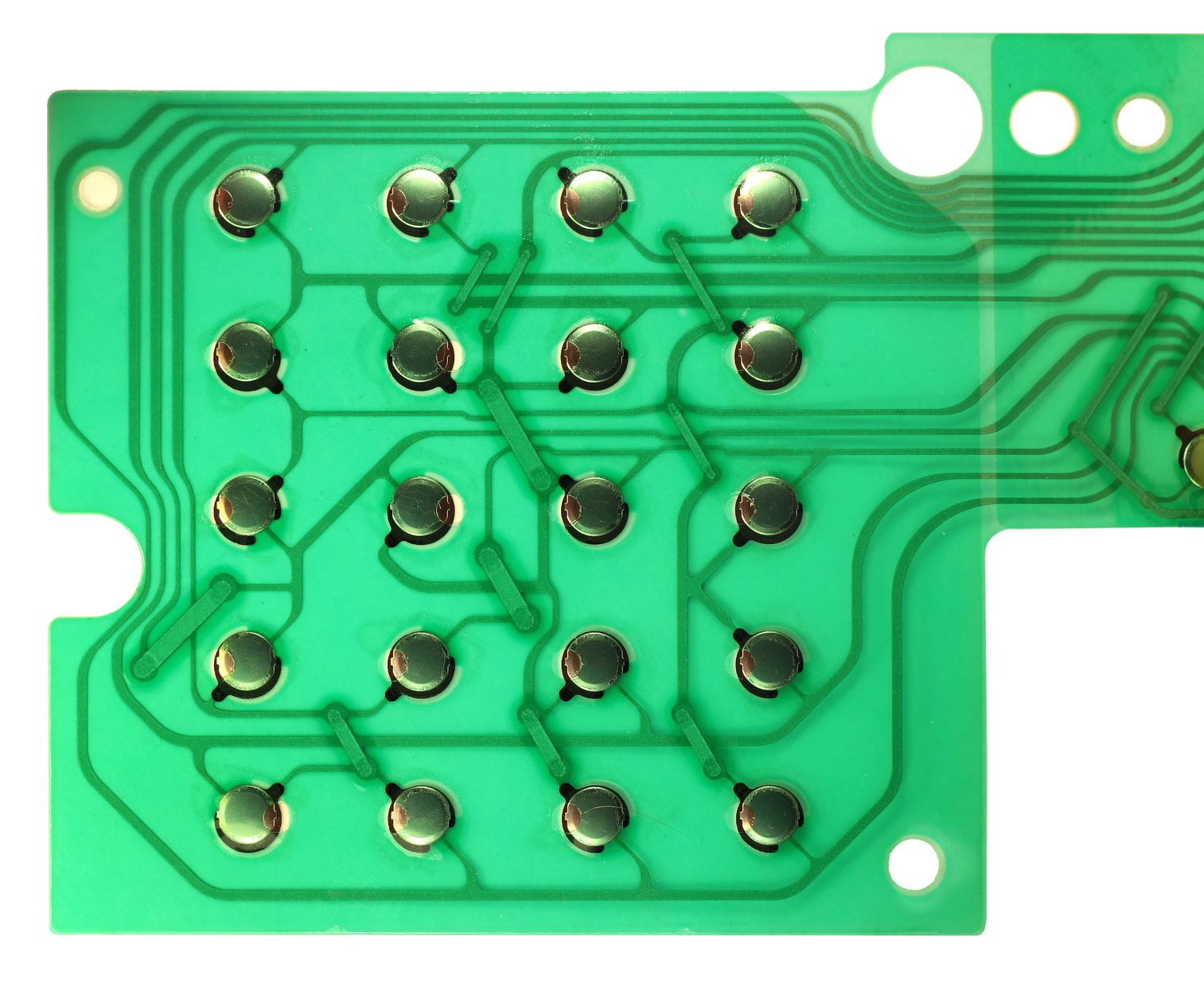Top Benefits of Incorporating a Membrane Switch Into Your Electronic Equipment
Top Benefits of Incorporating a Membrane Switch Into Your Electronic Equipment
Blog Article
Understanding the Capability of Membrane Switches for Interface Instruments
The performance of membrane switches over represents a considerable advancement in individual interface layout, combining efficiency with visual convenience. As industries significantly prioritize individual experience, understanding the nuances of membrane switch innovation comes to be essential.
What Are Membrane Layer Buttons?
Membrane switches are ingenious user interface tools that facilitate customer interaction with electronic tools. These versatile parts contain numerous layers, including a graphic overlay, spacer, and a printed circuit layer. The style permits a seamless combination right into different digital gadgets, improving both the visual and useful elements of interface.
Membrane layer buttons are commonly employed in a wide variety of applications, from household appliances to industrial machinery and medical devices. Their construction normally features a slim profile, making them a suitable selection for portable styles. The tactile feedback given by these buttons can be crafted to fulfill details customer preferences, guaranteeing effective interaction in between the customer and the tool.
Toughness is one more considerable advantage of membrane layer buttons, as they are resistant to dust, dampness, and chemicals, which enhances their life-span in requiring environments. Furthermore, these buttons can be personalized in terms of form, size, and graphic style, permitting branding and user-specific features. Generally, membrane switches over represent a useful remedy for improving individual experience in digital gadgets, combining performance with aesthetic allure in an efficient way.
How Membrane Layer Switches Over Work
Operating on a simple principle, membrane layer switches make use of a layered building and construction to sign up customer input efficiently. Each switch is composed of multiple layers, consisting of a printed circuit layer, a spacer layer, and a leading visuals layer, which are made to work with each other seamlessly. When a customer presses the top layer, it compresses the spacer layer, bringing the conductive elements of the circuit layer right into call with each other.
This call develops a closed circuit, indicating the device to perform a specific function. The style permits different arrangements, including tactile comments, which can improve the customer experience by giving a physical feeling upon activation. The materials made use of in membrane layer buttons typically consist of adaptable substrates, such as polyester or polycarbonate, which guarantee longevity and durability versus damage.

Trick Benefits of Membrane Layer Buttons

An additional considerable advantage is their density. Membrane switches are thin and light-weight, which makes it possible for makers to save room in their gadgets without sacrificing capability. This function is specifically advantageous in applications where weight and quantity are crucial considerations.
Furthermore, membrane layer switches are immune to dust, moisture, and chemicals, boosting their toughness. This durability expands their lifespan and reduces the demand for regular replacements, leading to cost savings in time.
In addition, the tactile responses provided by membrane layer buttons can be enhanced to improve customer interaction. They can consist of features such as raised switches or distinct clicks, enhancing use and customer experience.
Applications Across Industries
User user interface tools utilizing membrane buttons are widespread in a broad selection of sectors, showcasing their adaptability and functionality. Membrane Switch. In the medical industry, membrane switches are indispensable to tools such as analysis tools and person monitoring systems, where their resilience and ease of cleansing are crucial for keeping health criteria. In the auto industry, these buttons are used in control panel controls and infotainment systems, supplying a smooth and modern-day interface for customers.
Moreover, the useful source customer electronic devices sector take advantage of membrane layer buttons in appliances and handheld tools, where small style and user-friendly interfaces boost customer experience. Industrial applications also leverage membrane changes for control panels in machinery and automation systems, stressing their toughness and resistance to severe atmospheres.
In the aerospace and defense industries, membrane switches are utilized in cabin controls and use this link devices, where dependability and efficiency under extreme conditions are paramount. In addition, the pc gaming market progressively includes membrane buttons in controllers and game equipments, adding to an engaging user experience. On the whole, the flexibility of membrane changes allows their widespread use throughout various sectors, highlighting their value in modern interface style.
Future Trends in Membrane Layer Switch Modern Technology

In addition, the use of advanced materials, such as polycarbonate and polyester films, is anticipated to climb, providing boosted resilience and resistance to ecological stress factors. These products contribute to the overall longevity of membrane buttons, making them ideal for harsher industrial applications.
Moreover, the consolidation of clever technology, consisting of IoT connection, will enable membrane layer buttons to interact with other tools and systems, helping with an extra interactive customer experience. This trend lines up with the growing need for clever gadgets across numerous sectors, from health care to consumer electronics.
Last but not least, customization alternatives are expected to expand, permitting manufacturers to develop bespoke solutions tailored to details user demands and preferences. These growths will place membrane layer buttons as crucial elements in the development of interface innovation.
Verdict
In final thought, membrane changes stand for a pivotal improvement in individual interface technology, offering a reliable and flexible option for varied digital applications. As innovations in material science and touch noticing modern technologies continue, the functionality and applicability of membrane buttons are anticipated to increase, reinforcing their significance in modern-day digital devices.
Report this page